India is a land of diverse cultures and traditions and is home to numerous regional festivals that serve as an integral part of the country’s cultural fabric. These festivals not only reflect the rich heritage and traditions of various states but also foster a sense of unity, community, and joy. Regional festivals are a celebration of unique customs, rituals, and local histories, bringing people together irrespective of their religion, caste, or creed.
Onam, one of the most significant festivals in the southern state of Kerala, is a prime example of how regional celebrations embody the essence of a community’s values and traditions. This annual harvest festival is a beautiful confluence of culture, mythology, and tradition that captivates not only Keralites but also people across India and the world.
What is Onam and Why is it Celebrated?
Onam is an ancient Hindu festival celebrated primarily by the Malayali people in Kerala. It marks the beginning of the harvest season and is celebrated with great enthusiasm and fervor by the entire community, regardless of religious or social boundaries. The festival is celebrated in honor of King Mahabali, a revered figure in Kerala’s mythology, whose reign was believed to be a golden age of prosperity, peace, and equality. It is believed that during Onam, King Mahabali returns to visit his kingdom, and the people of Kerala prepare to welcome him with grandeur.
The festival also has a deep connection with agriculture, as Onam is celebrated during the Malayalam month of Chingam (August-September), which coincides with the harvest season in Kerala. The celebration is a way for the people to express gratitude for the bountiful harvest and the prosperity that the land brings.
Onam 2024: Date and Time
- Onam Start Date: Friday, September 6, 2024
- Onam End Date: Sunday, September 15, 2024
History of Onam
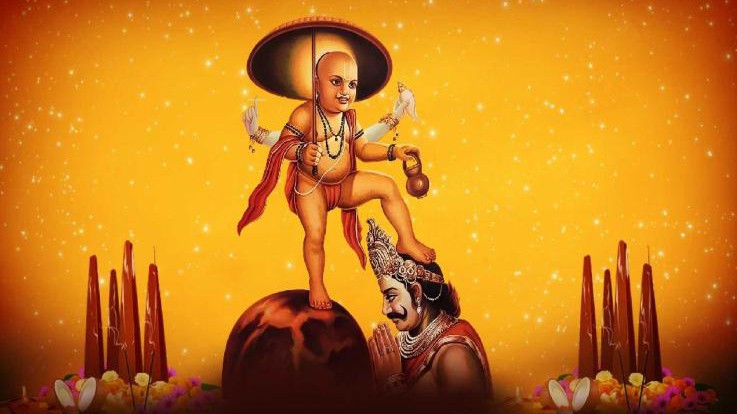
The story of Onam is rooted in Hindu mythology, particularly in the tale of King Mahabali and Lord Vishnu. Mahabali, an Asura (demon) king, was known for his benevolence, kindness, and wisdom. Under his reign, Kerala was said to have been a utopian society where everyone lived in peace, harmony, and equality. His popularity grew so much that it began to unsettle the gods. Fearing that Mahabali’s growing influence might threaten their power, they sought help from Lord Vishnu.
To curb Mahabali’s growing influence without harming his virtuous soul, Lord Vishnu assumed the form of Vamana, a dwarf Brahmin. Vamana approached Mahabali during a ritual and requested three paces of land. True to his generous nature, Mahabali granted the wish. Vamana then grew in size and covered the entire earth and heavens in just two steps. With no space left for the third step, Mahabali offered his own head. Lord Vishnu, impressed by Mahabali’s humility, granted him a boon that he could visit his people once a year. This annual visit by Mahabali is celebrated as Onam, symbolizing his everlasting love for his subjects and the virtues of generosity and humility.
Rituals and Events of Onam
Onam is celebrated over ten days, with each day having its own significance and rituals. The festivities involve a range of activities, from grand feasts and floral decorations to boat races and traditional dances. Some of the key rituals and events of Onam include:
1. Pookalam: A vibrant and colorful arrangement of flowers, known as Pookalam, is created at the entrance of homes. People also lit Diyas in honor of King Mahabali. This floral carpet grows in size and complexity over the ten days, symbolizing the warm welcome of King Mahabali. The flowers used in Pookalam are meticulously arranged in intricate designs, making it a visual treat.

2. Onasadya: One of the highlights of the Onam festival is the grand feast known as Onasadya. This elaborate vegetarian meal consists of a variety of traditional Kerala dishes, served on a banana leaf. The feast typically includes dishes like avial, sambar, rasam, pachadi, thoran, and payasam (a sweet dish), showcasing the culinary richness of the state.
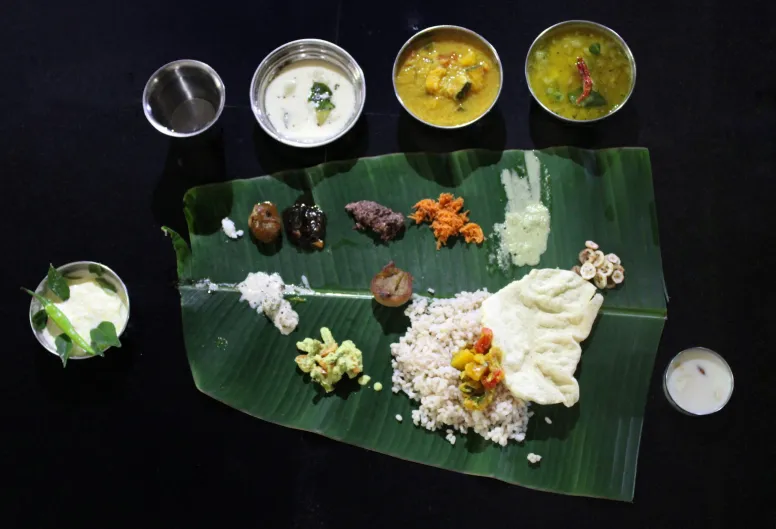
3. Vallamkali (Snake Boat Race): The iconic boat races, particularly the Vallamkali or snake boat race, are a major attraction during Onam. Held in the backwaters of Kerala, teams of oarsmen row long, narrow boats to the rhythm of traditional songs, creating a spectacular sight. This race is not just a competition but also a symbol of the collective spirit and teamwork of the people.

4. Kaikottikali and Pulikali: Traditional dances such as Kaikottikali (a graceful group dance) and Pulikali (a folk dance where performers are painted like tigers and hunters) are integral to the cultural celebrations of Onam. These dances represent the festive spirit and showcase the artistic heritage of Kerala.
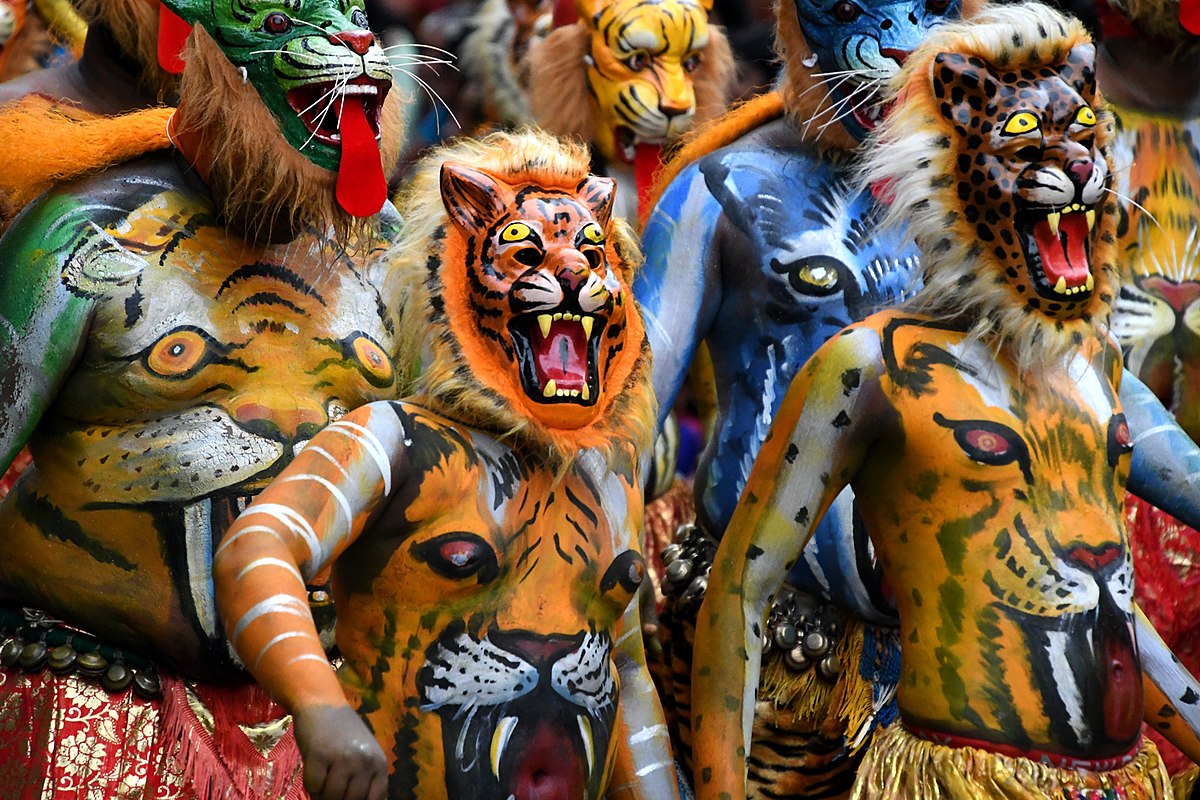
5. Athachamayam: The festival commences with Athachamayam, a grand procession featuring traditional art forms, music, and beautifully adorned elephants. This event, held in Thrippunithura near Kochi, marks the official start of the Onam celebrations.

Onam is not just a festival but a celebration of Kerala’s rich cultural heritage, agricultural roots, and the timeless values of generosity, humility, and community spirit. The story of King Mahabali, the vibrant festivities, and the inclusive nature of the celebration make Onam a unique and heartwarming event in India’s calendar of regional festivals. It is a time when the people of Kerala come together to honor their traditions, enjoy the bounties of the land, and welcome their legendary king back to his beloved kingdom.
Frequently Asked Questions (FAQ’s)
1. When is Onam celebrated in 2024?
In 2024, Onam will be celebrated from September 6th to September 15th, with the most important day, Thiruvonam, falling on September 15th, 2024.
2. What is the significance of Onam?
Onam is a harvest festival that commemorates the annual return of King Mahabali, symbolizing Kerala’s cultural and agrarian heritage. It celebrates the prosperity, peace, and equality of Mahabali’s reign, along with gratitude for the harvest.
3. Is Onam a national or religious festival?
Although Onam is rooted in Hindu mythology, it has grown into a cultural festival celebrated by people of all religions in Kerala. It has transcended religious boundaries and is observed by Malayalis across the globe.
4. What are some traditional activities during Onam?
Popular activities during Onam include creating Pookalam (floral arrangements), participating in or watching Vallamkali (snake boat races), performing traditional dances like Kaikottikali and Pulikali, and attending cultural and folk performances.
5. What is the traditional food served during Onam?
The traditional feast, Onasadya, is a grand vegetarian meal served on a banana leaf. It typically includes a variety of dishes like avial, sambar, rasam, pachadi, thoran, and desserts like payasam.

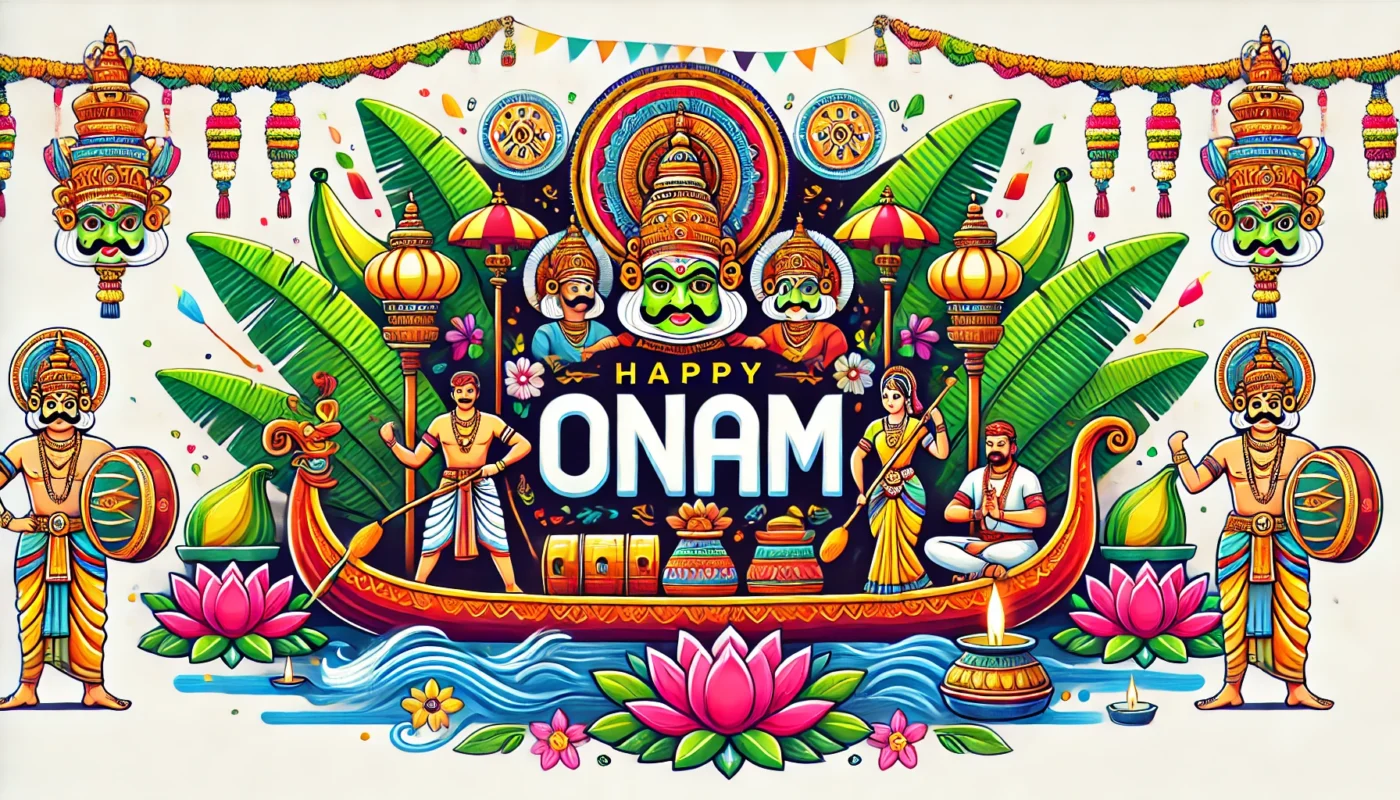
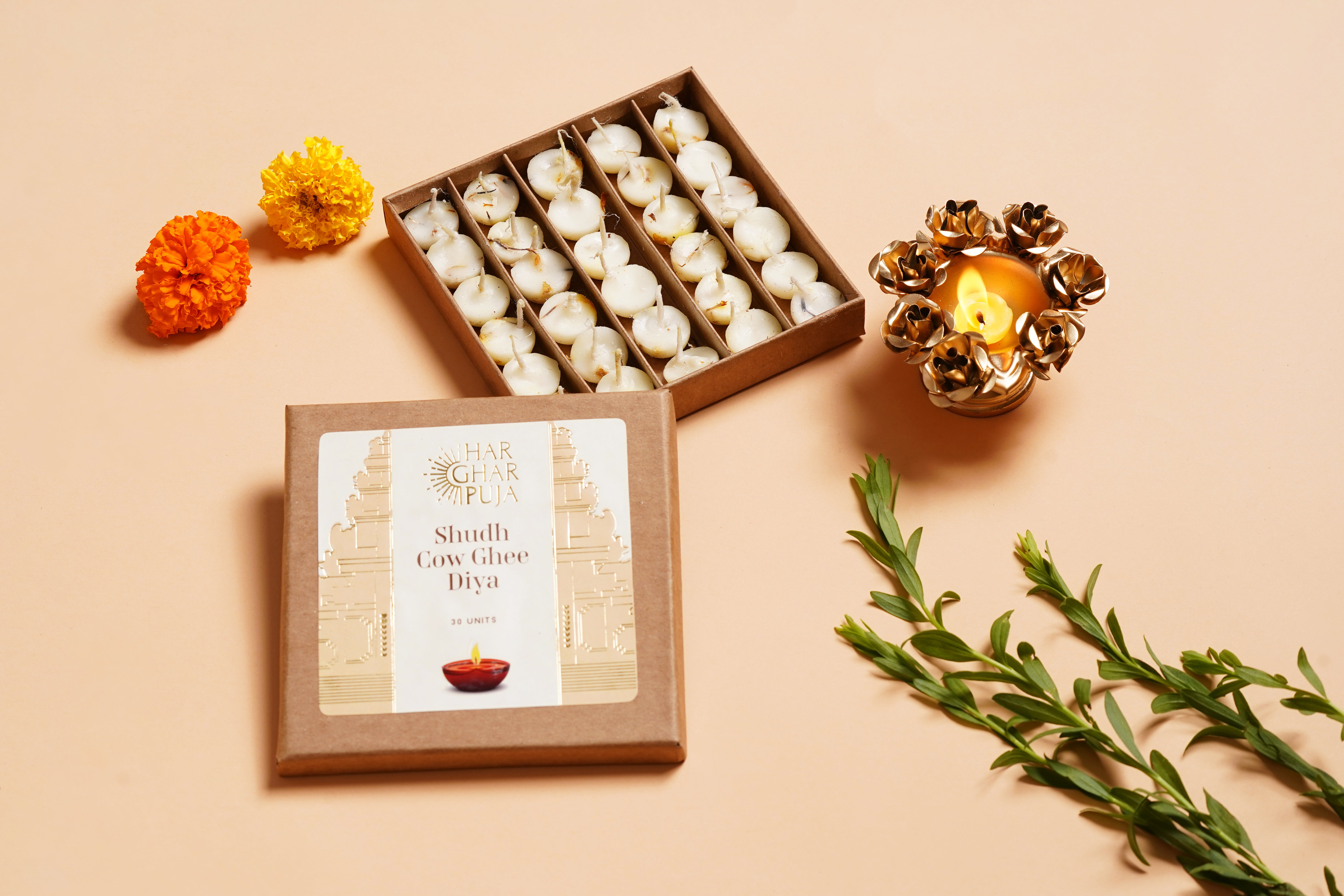
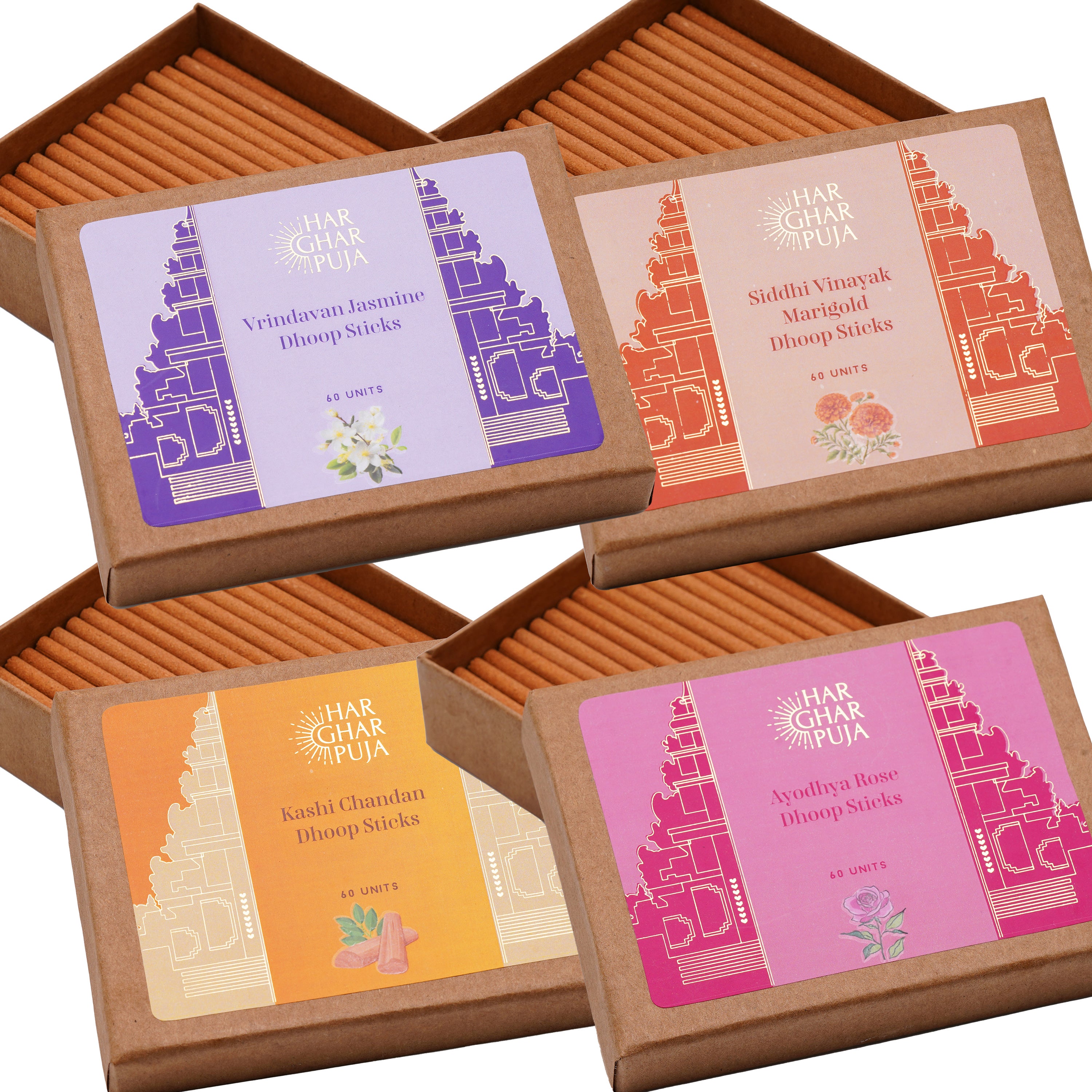
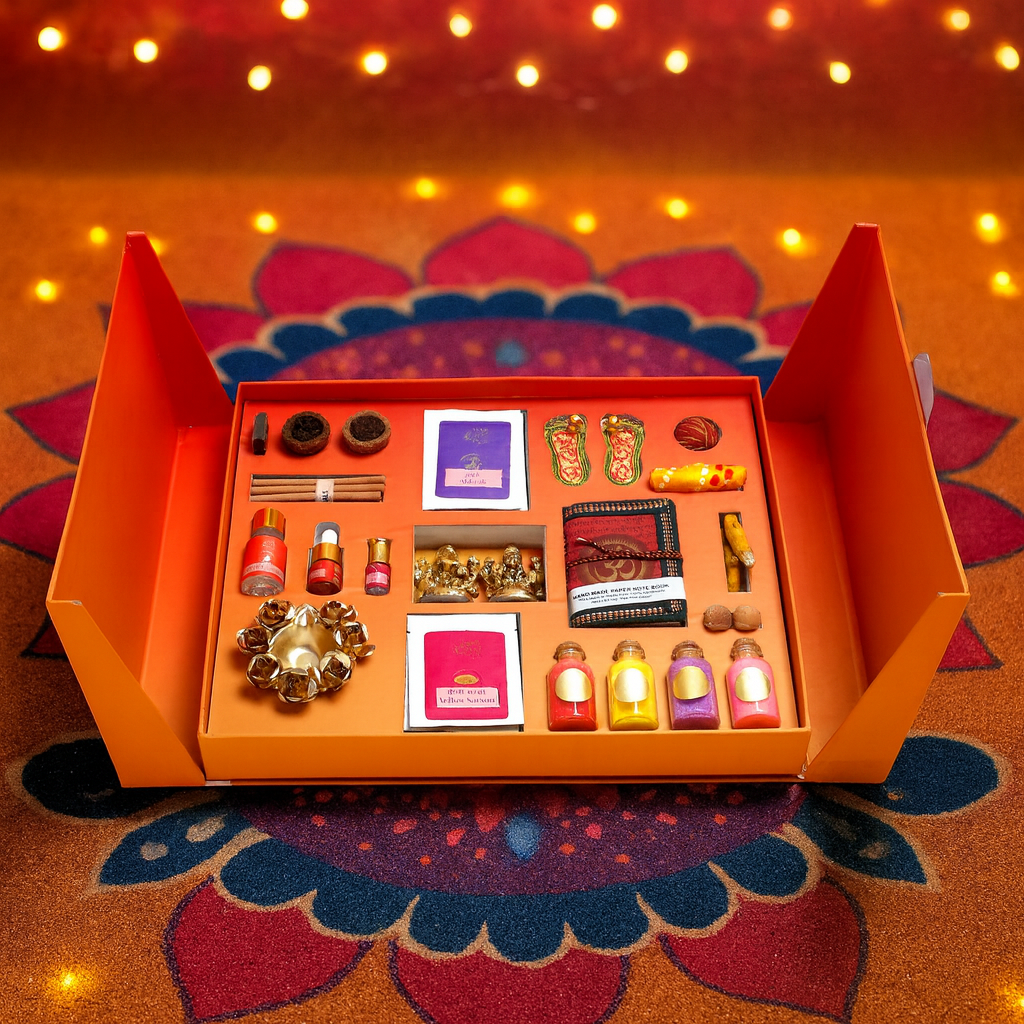
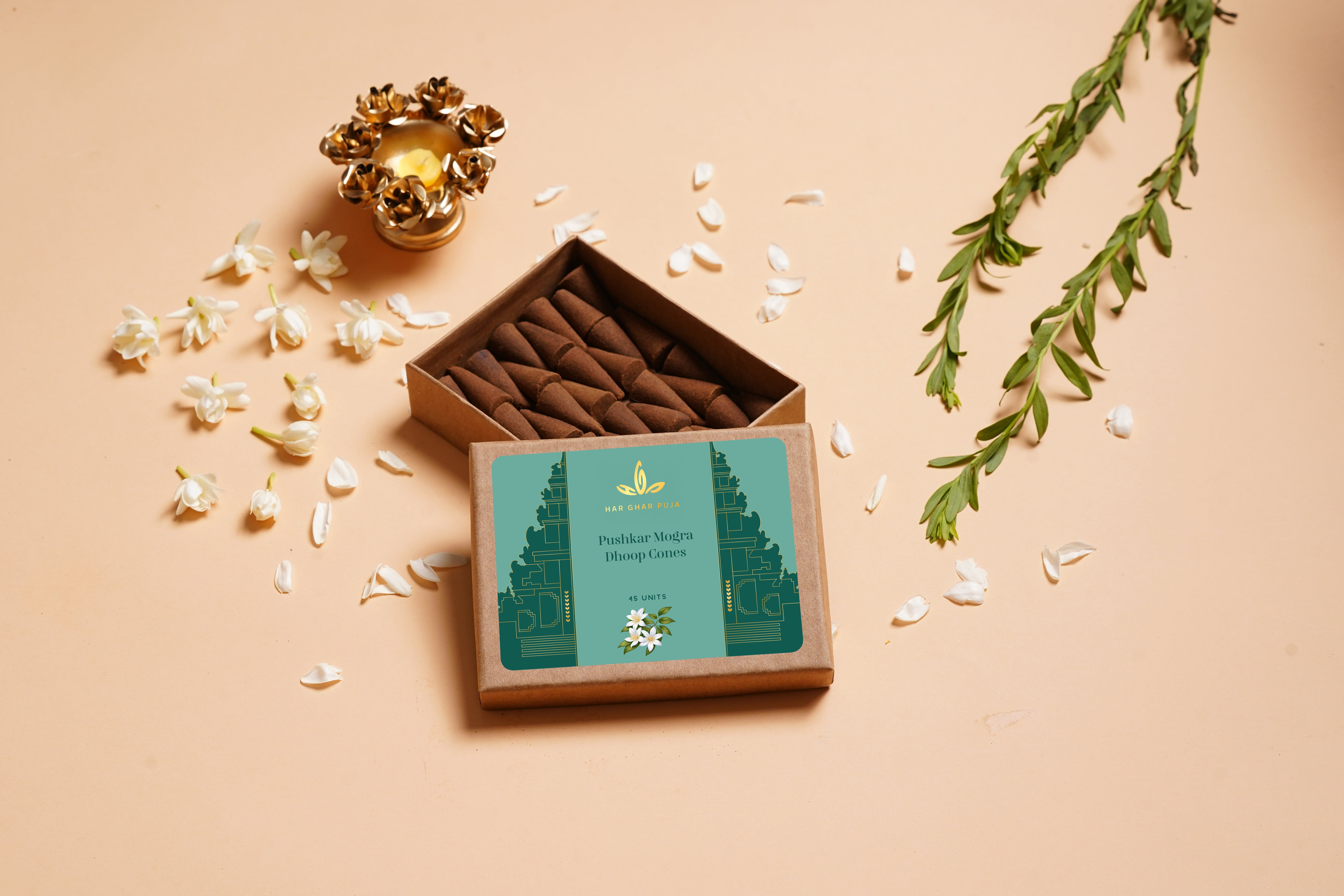
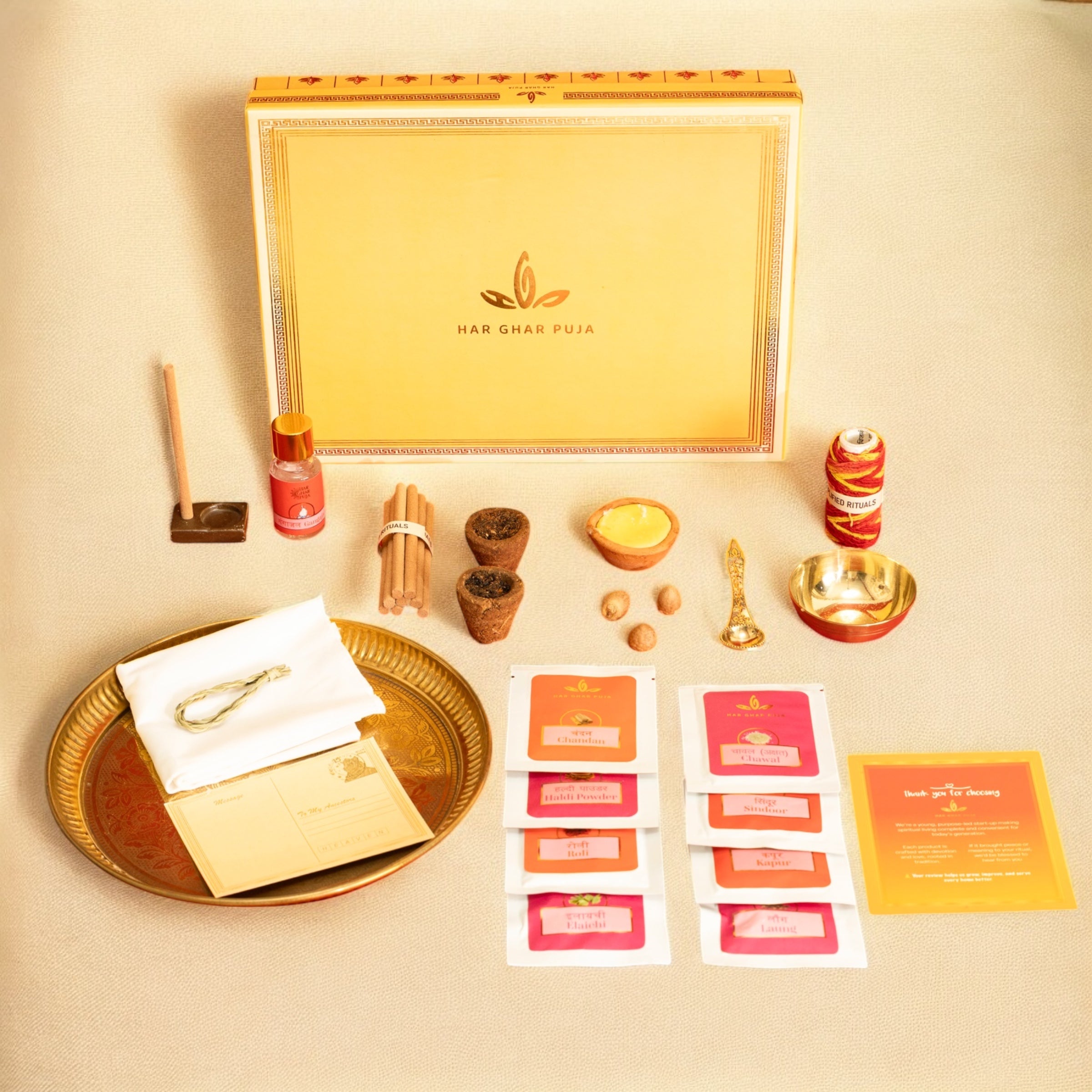

Hello my loved one! I wish to say that this article is amazing, great written and include almost all vital infos. I¦d like to peer extra posts like this .